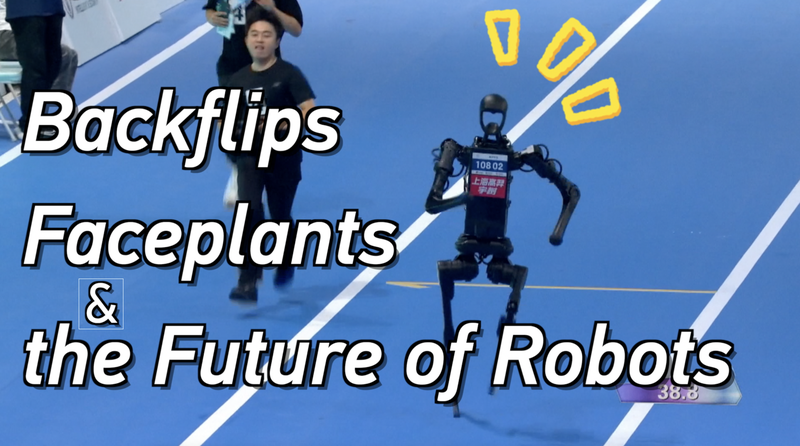Beijing, Chinese mainland — Electric cheers filled the stadium as 280 teams of humanoid robots clashed across 487 matches at the inaugural 2025 World Humanoid Robot Games. From high-stakes soccer showdowns and street dance throwdowns to no-holds-barred freestyle combat, agility, AI and ambition collided in spectacular style.
In total, 500 bots—some built for elegance, others endearingly awkward—packed the arena. Highlights ranged from gravity-defying backflips to a 1500-meter dash where the Chinese mainland’s Unitree H1 blazed around the track at 3.8 meters per second, shattering expectations about “walking machines.”
But the real head-turner was the Tiangong Ultra: a fully autonomous humanoid that ran the 100-meter race with no remote and no human controller—just an AI brain deciding each footfall in real time. It wasn’t flawless, but watching it carve a path through a crowd was undeniably mesmerizing.
Of course, not every moment was a triumph. In the obstacle course, three out of four bots ended in spectacular heaps of bionic limbs—one even collided with a human handler. The crowd gasped, then cheered. Behind the scenes, engineers scribbled notes, treating every stumble as raw data for the next upgrade.
“Every crash teaches us more than a gold medal,” admitted one engineer, half-joking, half-serious. Failures on display weren’t setbacks—they were live demos of rapid iteration, turning stadium stumbles into tomorrow’s warehouse assistants.
What makes the World Humanoid Robot Games special is its transparency. Instead of polished demos, the event doubled as a public workshop. A bot that faltered today could be streamlining supply chains next year. And as the crowds file out, one thing is clear: each backflip and faceplant is a roadmap to the next evolution of robotics.
Reference(s):
cgtn.com




